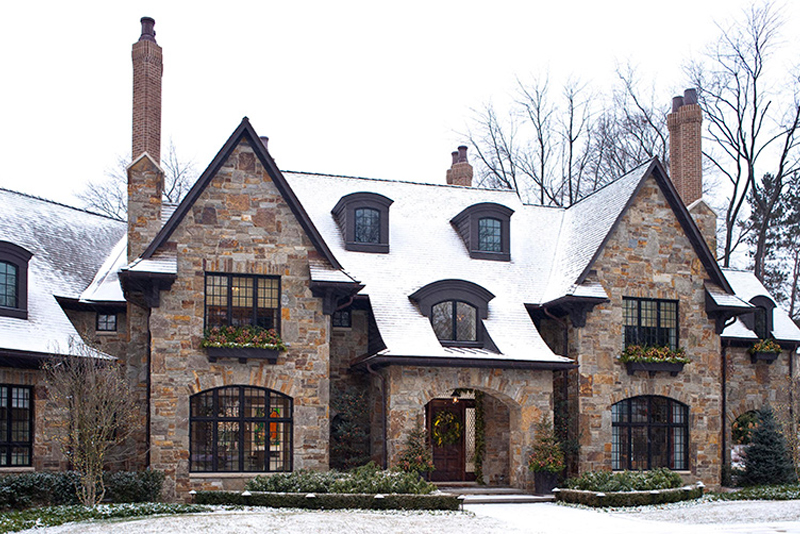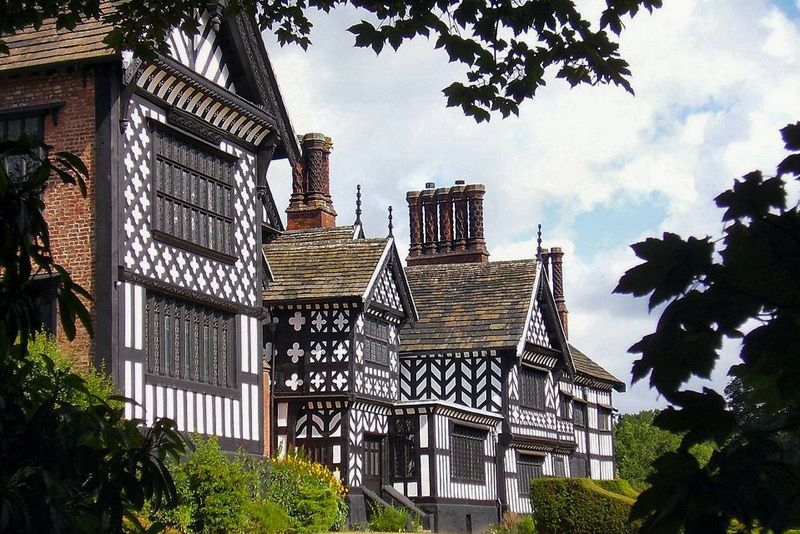Tudor architecture, originally from England, epitomizes a unique blend of historical richness and aesthetic grandeur. With its ornate chimneys, spacious interiors, and use of heavy fabrics and large windows, this architectural style has left a lasting impact, transcending its medieval origins to influence modern homes.
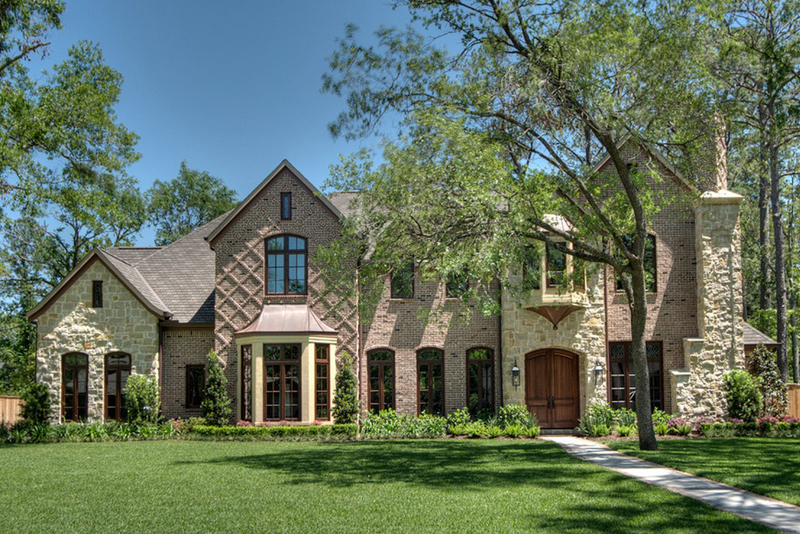
Historical Roots and Evolution
The Tudor architectural style emerged in medieval England, spanning from 1485 to 1603. This era, marking the end of Elizabeth I’s reign, saw Tudor architecture flourish as a distinct departure from the Renaissance and Perpendicular Gothic styles. By integrating specific motifs from these periods, Tudor design has continued to charm with its distinctive features, such as oriel windows and pitched, smooth roof lines.
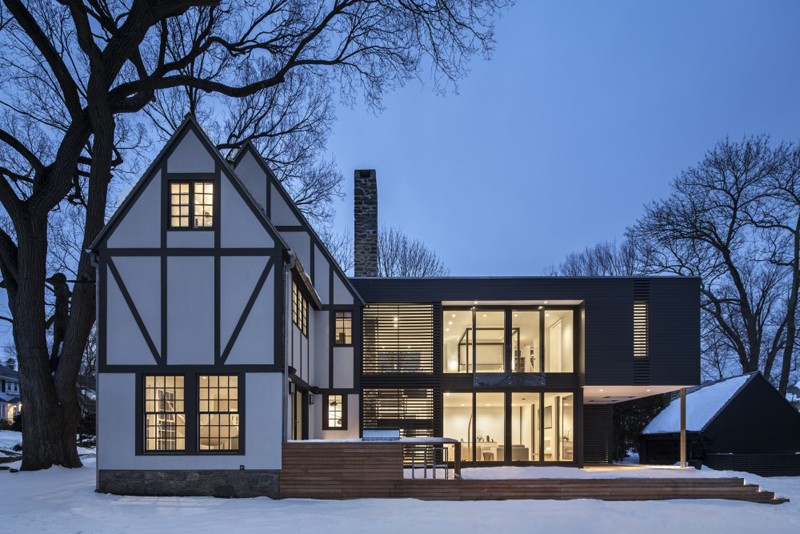
These elements ensure that Tudor-style homes remain a prominent symbol of English cultural heritage.
- Distinctive chimneys and fireplaces. Often large and intricately designed, these are hallmarks of Tudor homes.
- Use of natural materials. Exposed timber, brick, and stone are commonly utilized both inside and out.
- Steeply pitched roofs and gables. These features are not just functional but also add to the aesthetic allure.
Tudor house design, with its emphasis on spaciousness and ornate detailing, remains alive in numerous English cottages and has become synonymous with classic English architecture.
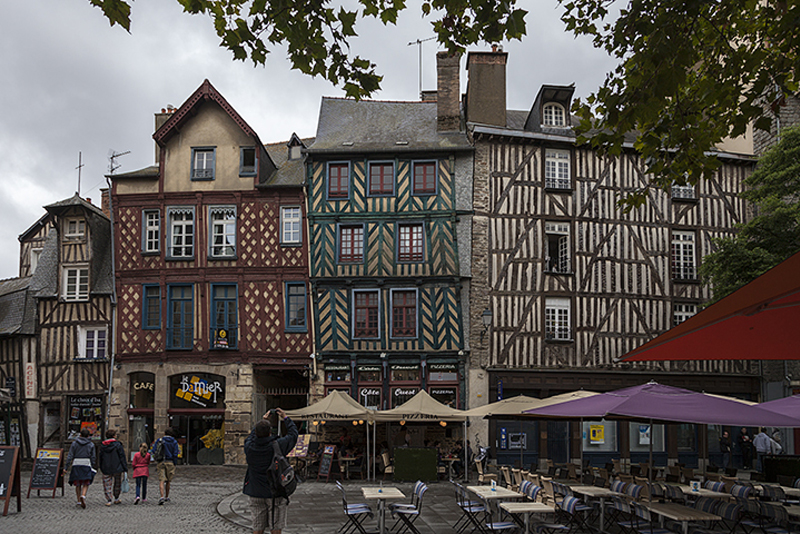
Defining Features of Tudor Exteriors
When you encounter a Tudor style house, its unique architectural elements are immediately recognizable. The traditional use of black-pitched roofs and large windows crafted from natural materials such as brick, stone, and sometimes even cement, offers a glimpse into the era’s craftsmanship. Additionally, features like thatched roofs, diamond-shaped windows, and heavy wooden doors underscore the style’s connection to its naturalistic and robust aesthetic.
- Long, dark chimneys. These not only serve a practical purpose but also contribute significantly to the Tudor profile.
- Arched entryways. Emphasizing the use of natural materials, these provide a grand entrance to the stately homes.
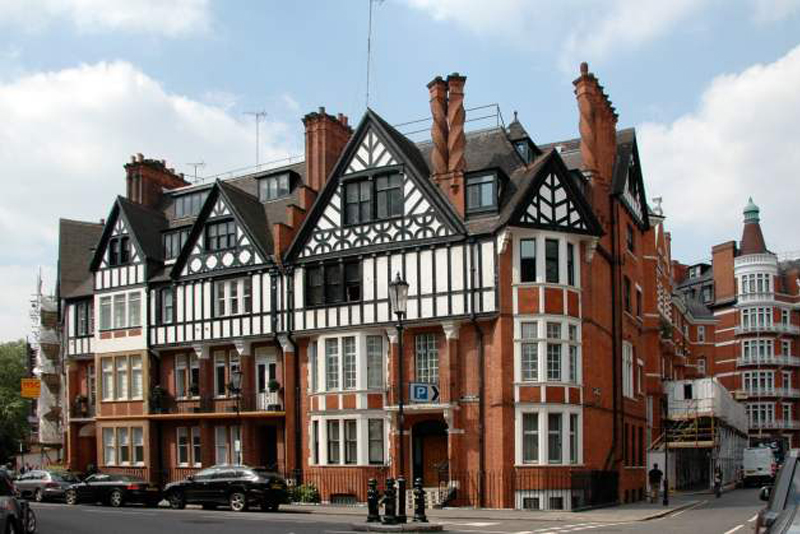
Inside Tudor Homes — A Confluence of Comfort and Luxury
The interior of a Tudor home is just as impressive as its exterior. Large rugs and extensive use of wood or stone flooring reflect Tudor’s commitment to durability and luxury. Elements like heavy curtains that sweep the floors and central great rooms anchored by inglenooks and substantial fireplaces create a feeling of warmth and grandeur. Spacious, tiled entryways welcome visitors into a world where past and present blend seamlessly.
- Rich, ornate textiles. These add a layer of texture and opulence to any room.
- Detailed woodwork and paneling. This craftsmanship adds depth and character to the interior.
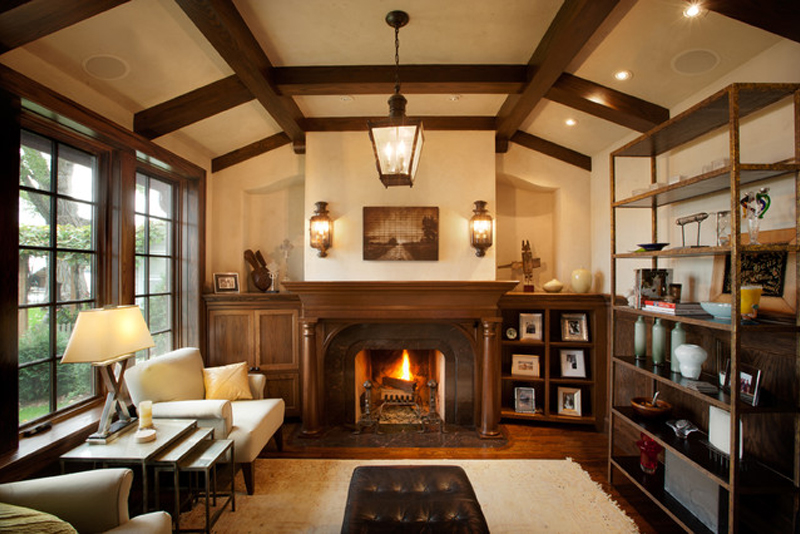
Franco-English Fusion in Tudor Design
The influence of French traditions on Tudor architecture is evident in the subtle integration of French decorative elements and color palettes. This fusion creates a unique Anglo-French atmosphere in homes, bringing together the best of both worlds in terms of design sensibility and cultural richness.
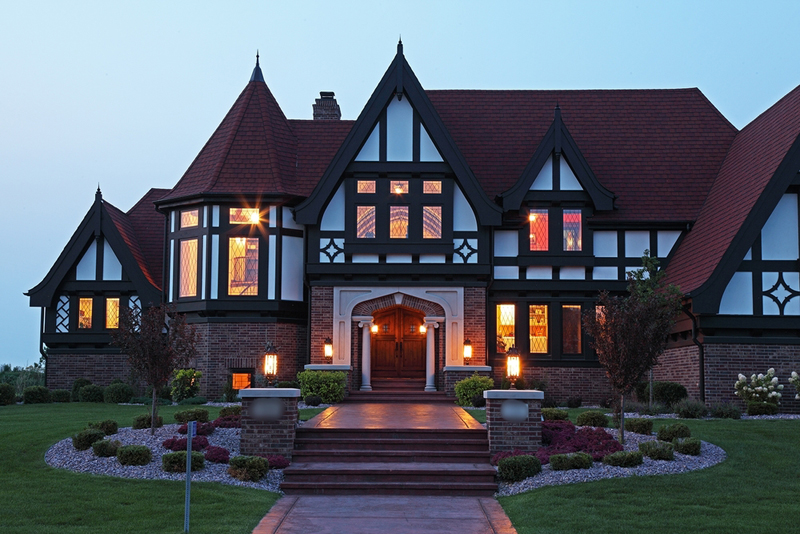
Incorporating Tudor Style in Modern Homes
Adopting Tudor style in contemporary settings involves melding historic architectural features with modern design elements. This approach allows for a flexible interpretation of Tudor aesthetics, making it applicable to various home sizes and contemporary lifestyles.

Tudor Charm in Any Space
Tudor architecture is not limited to expansive estates; its charm can also be encapsulated in smaller, cozier spaces. Embracing Tudor design in modest homes can bring about a unique, intimate atmosphere that large houses often cannot offer. This versatility makes Tudor style accessible to a wide range of homes, enhancing their character and aesthetic appeal.
By exploring the depth and versatility of Tudor architecture, this guide helps you appreciate its historical significance and practical application in today’s diverse architectural landscapes. Whether you’re renovating an old property or infusing a new build with historical charm, Tudor style offers enduring beauty and distinctive character.
